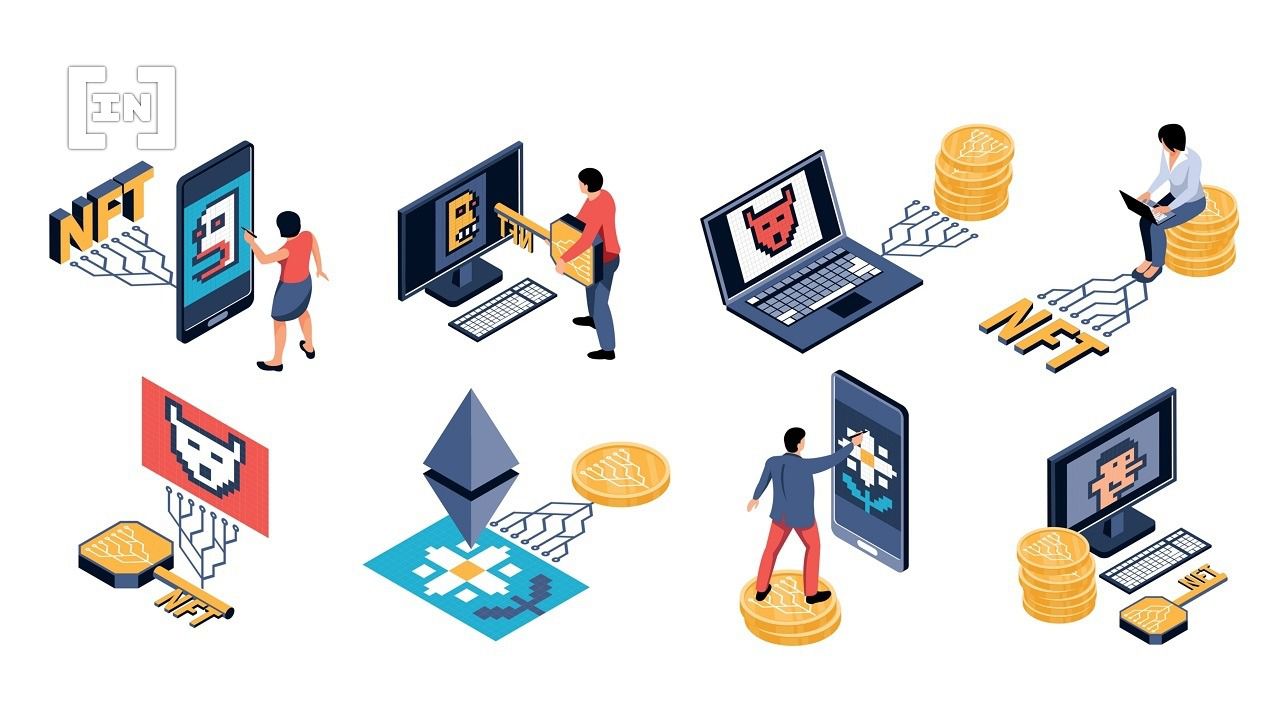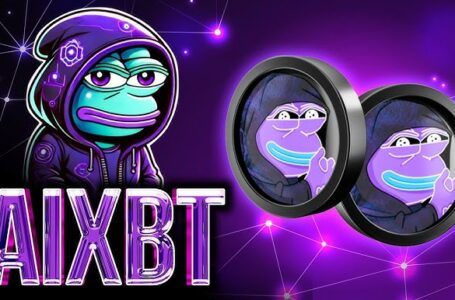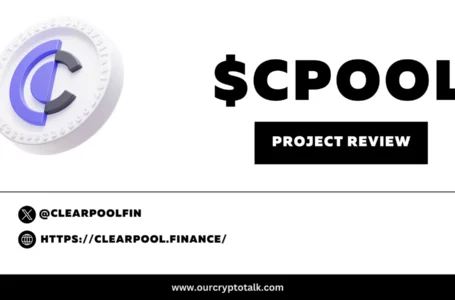
NFTs: Non-fungible token glory could be yours soon… except for all that work you need to do after you mint your NFT. Here’s how to start.
You did it ! You have turned your creativity into an awesome new NFT. Maybe you have an irresistible piece of art, a piece of music, or a video game. You have confidence in your work and know that someone will want to claim exclusive rights to what you have produced. But only the hottest NFTs sell to celebrities and art collectors for six figures or more. And even if you are sure that your work will one day be worth as much, monetizing an NFT relies on the same old inspiration/perspiration ratio as any successful business. With that in mind, let’s discuss some of the ways you can make your NFTs a hit.
1. Create a Crypto Wallet
The first and most basic step is one that many NFT creators don’t even think of: Create a cryptocurrency wallet in which to store your digital funds and other assets. Trading NFTs without such a wallet is like being an art dealer without a storage space or even a bank account. Most payments for NFTs are in cryptocurrency like Bitcoin, Ethereum, or Doge, and you want the means to actually receive and store these online funds. Even if your plan is to convert your crypto into fiat money as soon as possible, you still need to collect the crypto you plan to sell. A cryptocurrency wallet is easy to download and install on any compatible device, and will pay for itself many times over in utility, storage capacity, security, and tracking. And you need one if you plan to sell NFTs.
2. Choose a marketplace
If you need a wallet to hold your crypto, you also need a market to sell your wares. And that means a single market. Jumping from one hub to another can be tempting, but will end up diluting your brand and confusing buyers. Why is this NFT in this market and this NFT in another? Why do prices vary from market to market? Consumers need a single place where they can follow and buy their favorite artists. Many don’t mind going to different marketplaces for different creators, but needing multiple accounts on multiple hubs for a single creator is too much of a treasure hunt. A smart NFT creator finds the market where he can create at low cost and sell at the highest margin to maximize profits, and makes it his home.
3. Self-Promote Socially
Whether they sell NFTs or write books, any artist will tell you that self-promotion is the key to a successful brand. If you don’t spread the word about your products yourself, you can pay someone to do it, but there’s no guarantee they’ll do it right. Even if they do, there’s no harm done by representing yourself as well. And there’s no better place to self-promote than on social media. Platforms like Twitter, Facebook, Instagram, etc. provide a great place to both get your brand’s and your own personality across while showing off the NFTs available for sale on your chosen marketplace. The better an NFT creator represents and spreads the word about their brand online, the more interest they will generate in their digital wares.
4. Create scarcity around your NFTs
As a generated digital resource, NFTs are as plentiful or scarce as their creator desires. And everyone knows that a rare item creates more demand. The less common a creator’s NFTs are, the more prestigious and therefore in-demand they are, especially if that creator has a strong social media presence.
There are two key ways to create scarcity and drive up an NFT’s value. The first is to simply set a cap on supply. If a certain NFT is only ever made available five times, it’s going to feel a lot more like an elite collector’s item. The second way to create scarcity is through releasing NFTs in rarity tiers, with individual pieces available in different levels of quality and ornamentation, or exclusive works only available at higher tiers. NFT creators have borrowed tier names like “common, rare, elite, epic, and legendary” from video games, but no matter what you name your tiers, dividing your NFTs this way helps create a desire for the upper levels.
5. NFT- To create Merchandise
Unless you sell your copyright with the NFT itself, the creator of a digital work still owns the copyright and the right to reproduce that work. This means that the creator retains the right to commercialize the asset represented by the NFT, and any work that you are particularly proud of or that is popular or newsworthy can still be used by its original creator on merchandise of all kinds. . In the case of artwork, creators can deploy t-shirts, sleeves, patches, decals, tattoos, stickers, posters, and more. An NFT can fetch a very high price, and its creator will always be entitled to capitalize on that hype by producing and selling any creative product that comes to mind.
Like the digital innovations that spawned them, NFTs present creators with new avenues to success. To explore those avenues, creators need to be daring and agile and willing to adapt to emerging ideas. The sooner and more comprehensively an artist can understand how to monetize their NFTs, the sooner they can enjoy the rewards of this thrilling new marketplace.


















